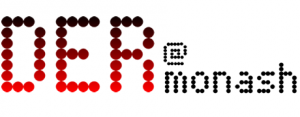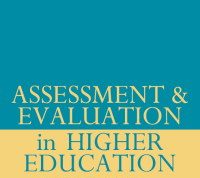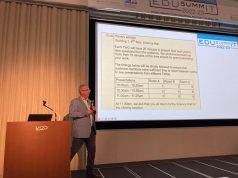
DER members Tracii Ryan, Michael Henderson and Michael Phillips have a new paper in BJET that compares video, screencast and audio feedback comments on assessment with that of written comments. The results are compelling! More research needs to be conducted, particularly on the way in which feedback design, context and relationships interact with the media itself. Although digital feedback is unlikely to be a silicon bullet, this paper does suggest there may be some advantages worth exploring.
Read the paper for free for a limited time: bit.ly/2XqjSPY
Ryan, T., Henderson, M., & Phillips, M. (2019). Feedback modes matter: Comparing student perceptions of digital and non-digital feedback modes in higher education. British Journal of Educational Technology. https://doi.org/10.1111/bjet.12749
Abstract:
Assessment feedback is increasingly being provided in digital modes, from electronic annotations to digital recordings. Digitally recorded feedback is generally considered to be more detailed than text‐based feedback. However, few studies have compared digital recordings with other common feedback modes, including non‐digital forms such as face‐to‐face conversations. It is also unclear whether providing multiple feedback modes is better than a single mode. To explore these possibilities, an online survey asked 4514 Australian university students to rate the level of detail, personalisation and usability of the feedback comments they had most recently received. Of the students who received a single feedback mode only, electronic annotations and digital recordings were rated most highly on the three quality indicators. Students who received multiple modes were more likely to agree with all three indicators than those who received a single mode. Finally, students who received multiple modes were more likely to agree that the comments were detailed and usable when one of those modes was a digital recording. These findings enhance our understanding of feedback design, indicating that it is important to consider the strengths and weaknesses of particular modes, and the value of offering multiple modes.
#feedback #HigherEducation #feedbackforlearning
@TraciiRyan @mjhenderson @thinkingmike







